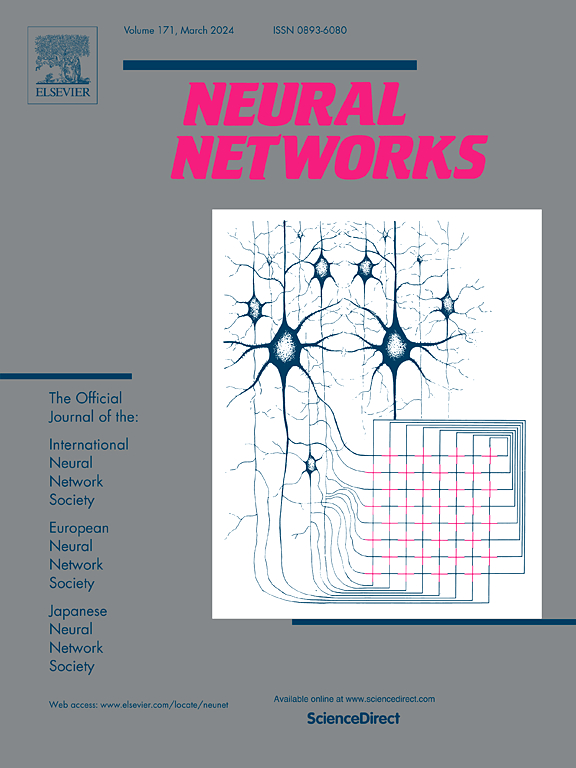Illumination-Guided progressive unsupervised domain adaptation for low-light instance segmentation
IF 6
1区 计算机科学
Q1 COMPUTER SCIENCE, ARTIFICIAL INTELLIGENCE
引用次数: 0
Abstract
Due to limited photons, low-light environments pose significant challenges for computer vision tasks. Unsupervised domain adaptation offers a potential solution, but struggles with domain misalignment caused by inadequate utilization of features at different stages. To address this, we propose an Illumination-Guided Progressive Unsupervised Domain Adaptation method, called IPULIS, for low-light instance segmentation by progressively exploring the alignment of features at image-, instance-, and pixel-levels between normal- and low-light conditions under illumination guidance. This is achieved through: (1) an Illumination-Guided Domain Discriminator (IGD) for image-level feature alignment using retinex-derived illumination maps, (2) a Foreground Focus Module (FFM) incorporating global information with local center features to facilitate instance-level feature alignment, and (3) a Contour-aware Domain Discriminator (CAD) for pixel-level feature alignment by matching contour vertex features from a contour-based model. By progressively deploying these modules, IPULIS achieves precise feature alignment, leading to high-quality instance segmentation. Experimental results demonstrate that our IPULIS achieves state-of-the-art performance on real-world low-light dataset LIS.

基于光照引导的渐进式无监督域自适应低光照实例分割。
由于光子有限,低光环境对计算机视觉任务构成了重大挑战。无监督域自适应提供了一种潜在的解决方案,但由于在不同阶段对特征的利用不足而导致域不对齐。为了解决这个问题,我们提出了一种照明引导的渐进式无监督域自适应方法,称为IPULIS,通过在照明引导下逐步探索正常和低光条件下图像、实例和像素级特征的对齐,用于低光实例分割。这是通过以下方式实现的:(1)照明引导域鉴别器(IGD)用于使用视点衍生的照明地图进行图像级特征对齐;(2)前景焦点模块(FFM)结合全局信息和局部中心特征来促进实例级特征对齐;(3)轮廓感知域鉴别器(CAD)通过匹配轮廓顶点特征从基于轮廓的模型进行像素级特征对齐。通过逐步部署这些模块,IPULIS实现了精确的特征对齐,从而实现了高质量的实例分割。实验结果表明,我们的IPULIS在现实世界的低光照数据集LIS上达到了最先进的性能。
本文章由计算机程序翻译,如有差异,请以英文原文为准。
求助全文
约1分钟内获得全文
求助全文
来源期刊

Neural Networks
工程技术-计算机:人工智能
CiteScore
13.90
自引率
7.70%
发文量
425
审稿时长
67 days
期刊介绍:
Neural Networks is a platform that aims to foster an international community of scholars and practitioners interested in neural networks, deep learning, and other approaches to artificial intelligence and machine learning. Our journal invites submissions covering various aspects of neural networks research, from computational neuroscience and cognitive modeling to mathematical analyses and engineering applications. By providing a forum for interdisciplinary discussions between biology and technology, we aim to encourage the development of biologically-inspired artificial intelligence.
 求助内容:
求助内容: 应助结果提醒方式:
应助结果提醒方式:


